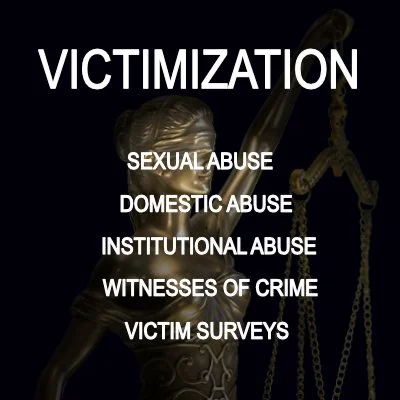Child Labor and Trafficking in the Lake Volta Area
By Audrey N. Beck, Sheldon Zhang, Kyle Vincent, Kantar Ghana
This study estimates likely child trafficking and exploitative child labor in three fishing districts around Lake Volta in Ghana. Both international and Ghanaian definitions were applied to determine these populations. Targeting children in fishing villages along the coast of Lake Volta, this study used a household-based probability sampling to reach N=1,286 children. Household parent/caregivers (N=489) were also sampled to understand community perceptions of trafficking and child labor in these areas. Among children interviewed, we find that about 38% were likely victims of human trafficking and an additional 45% were engaged in likely exploitative child labor (i.e., excessive hours, harsh conditions). Additionally, we find that children identified as likely trafficked victims are more frequently exposed to dangerous working conditions, physical and psychological harm. Among children, we find: • Approximately 37.7% (CI=34.3,41.1) of children were identified as likely trafficked victims. • The majority of these children were boys (~60%). • These children were about 13 years old on average. • An additional 45.1% (CI=41.6,48.7) were engaged in likely exploitative child labor conditions only, and 17.2% (CI=14.6,20.2) were doing other child work/ help. • About half of all children engage in fishing tasks out on the lake, such as bailing/scooping water, paddling the boat, diving for nets, etc. • Some of these tasks are particularly dangerous, with 15% reporting going underwater to retrieve nets. • About 20% of children said they were not attending school, citing the need to work as one of the most common reasons for skipping school. Likely trafficked children • Many were working in dangerous conditions (28.6%) or working excessive hours, including: ~22.5 per week on average, 34.4% working six days a week, and 13.7% reporting working seven days a week. • More than half worked while it was dark. • 58% of likely trafficked children report extreme fatigue, 55% report severe stomach aches, and 51% report severe back and joint pain. About 40% expressed feeling sad, hopeless, or having little interest in things. • Emotional violence, such as being belittled and insulted, was significantly higher among likely trafficked children (25.3%) than those in likely exploitative child labor (12.3%). A similar pattern emerges for physical violence and threats of violence, with 36.7% of likely trafficked children experiencing such conditions. • Likely trafficked children experienced the highest levels of restrictions on their freedom, perceived exit or work refusal costs, and emotional and physical abuse at work. Among parent/guardians, we find: • Nearly 20% know of a child brought to their village to work, while about 34% know of a child not enrolled in school (most commonly to support their family economically). • About a fifth have witnessed children engaged in dangerous fishing tasks, with about 10% noting they have seen boys being treated badly in fishing. • However, most parent/caregivers believed children enjoyed working in fishing, most commonly because it allowed them to earn money for themselves or their family. • Knowledge of labor laws is lacking, with only 9% reporting their employers are knowledgeable about most labor laws. Using rigorous probability-based methods, this study finds child labor in the fishing industry to be pervasive in the villages along Lake Volta, dangerous and abusive working conditions to be common, and the number of potential child trafficking victims to be alarming. In addition to probability household sampling, we also used population-based calibrations to weight our results. These results point to the need for increased efforts to enforce child protection laws, eliminate abusive working conditions for children, and improve access to child welfare and education services. More importantly, periodic assessment through repeated measures should be built into all anti-child trafficking or anti-human trafficking efforts to evaluate program outcomes and monitor progress.
Washington, DC: International Justice Mission, 2023. 31p.


